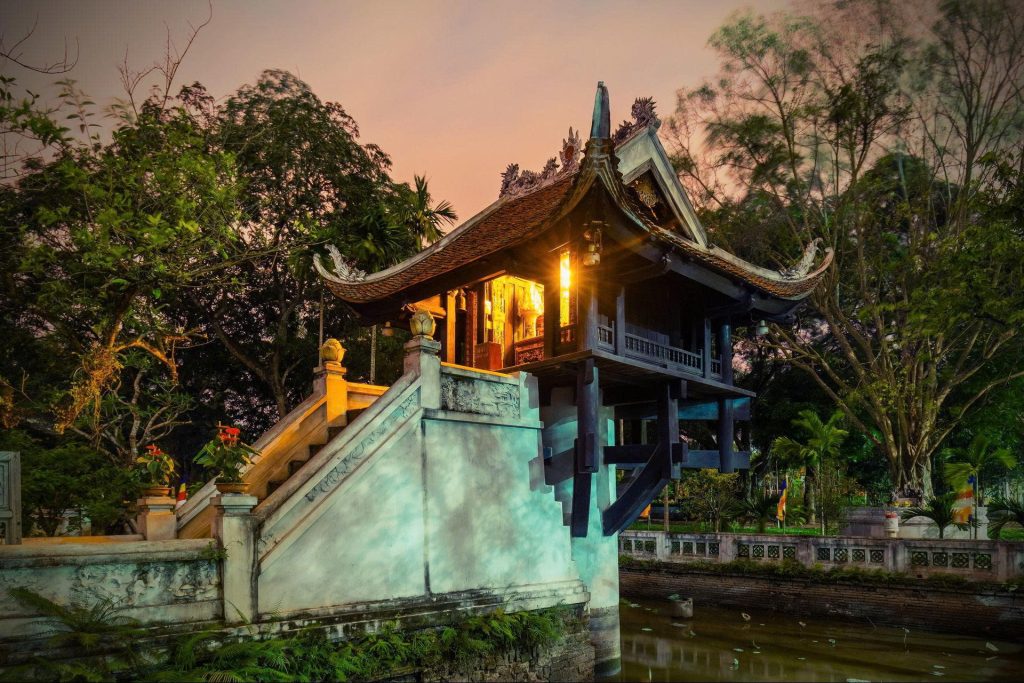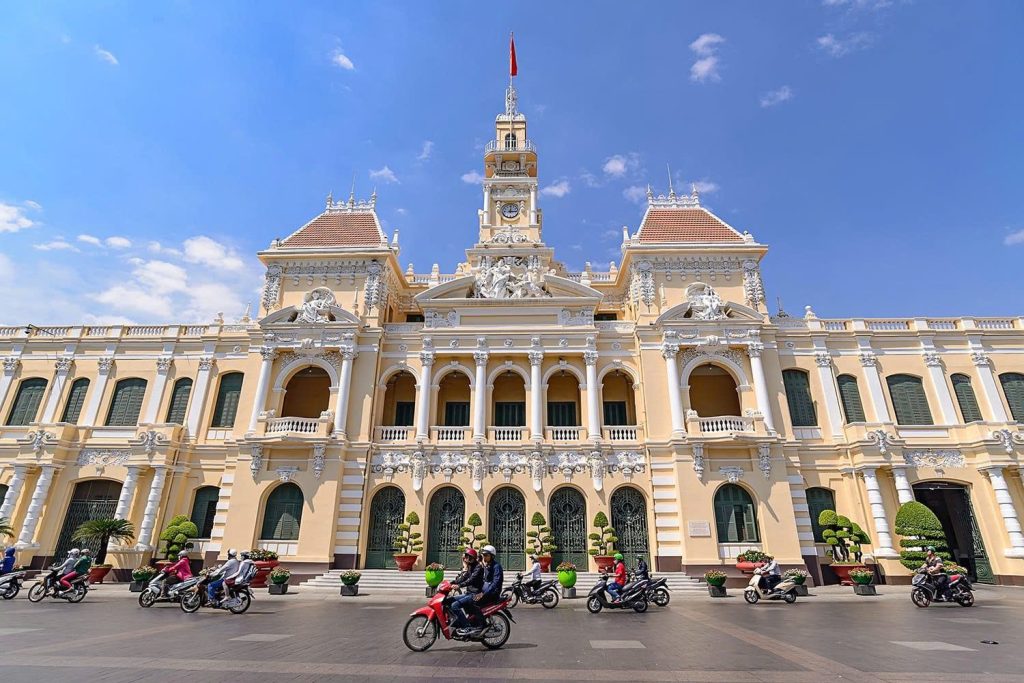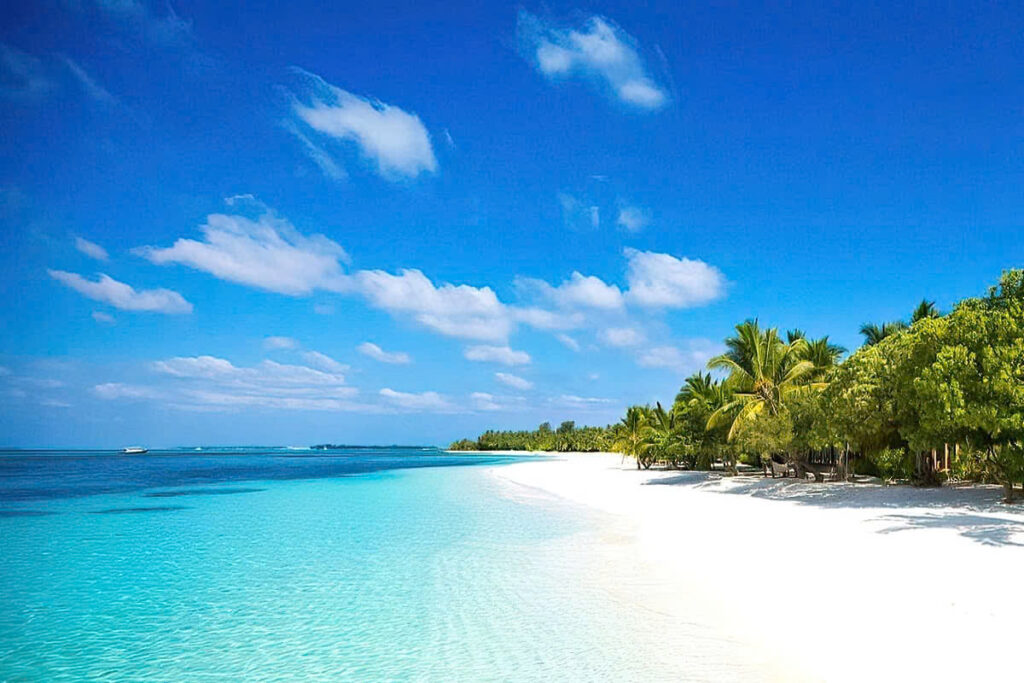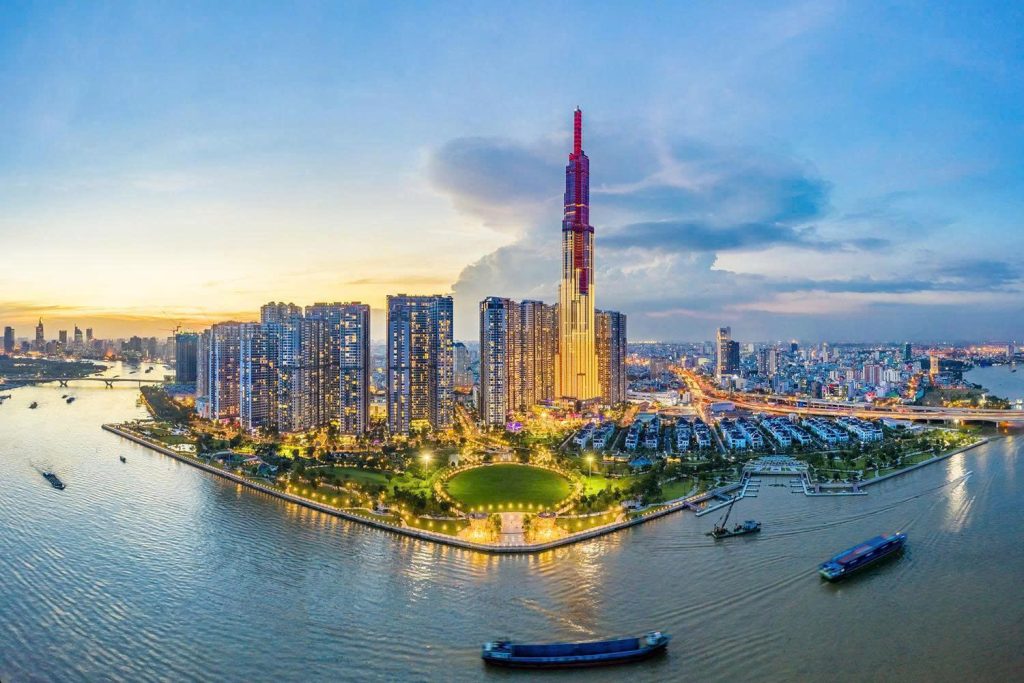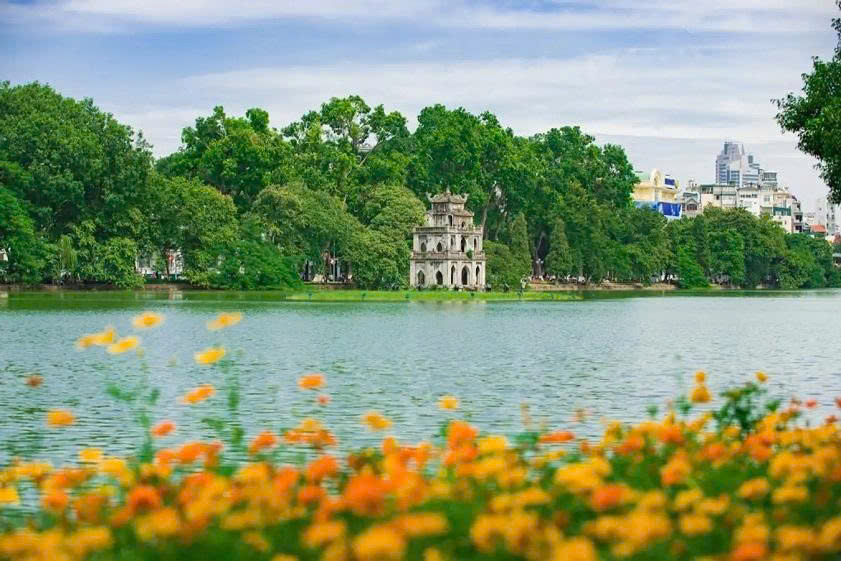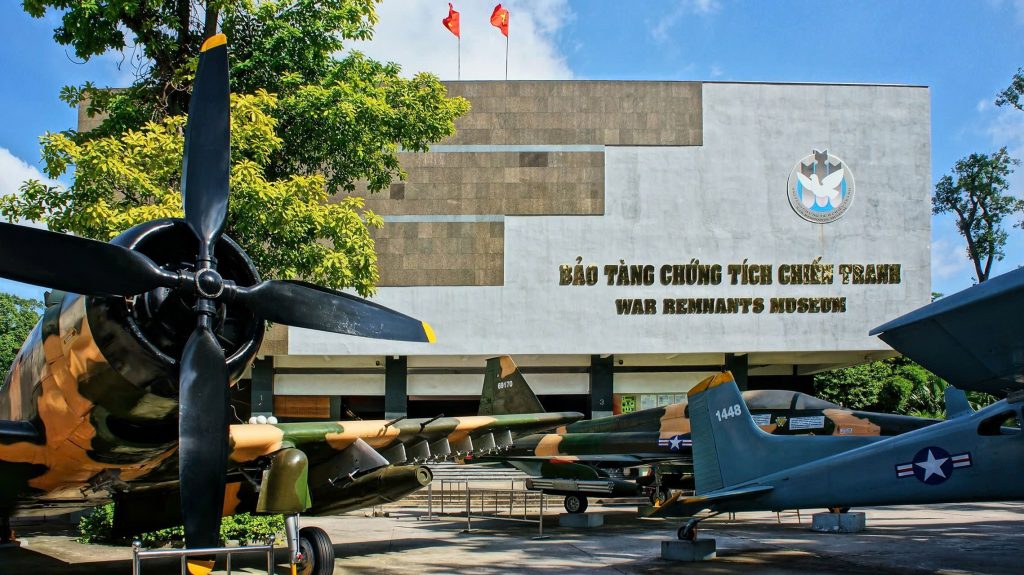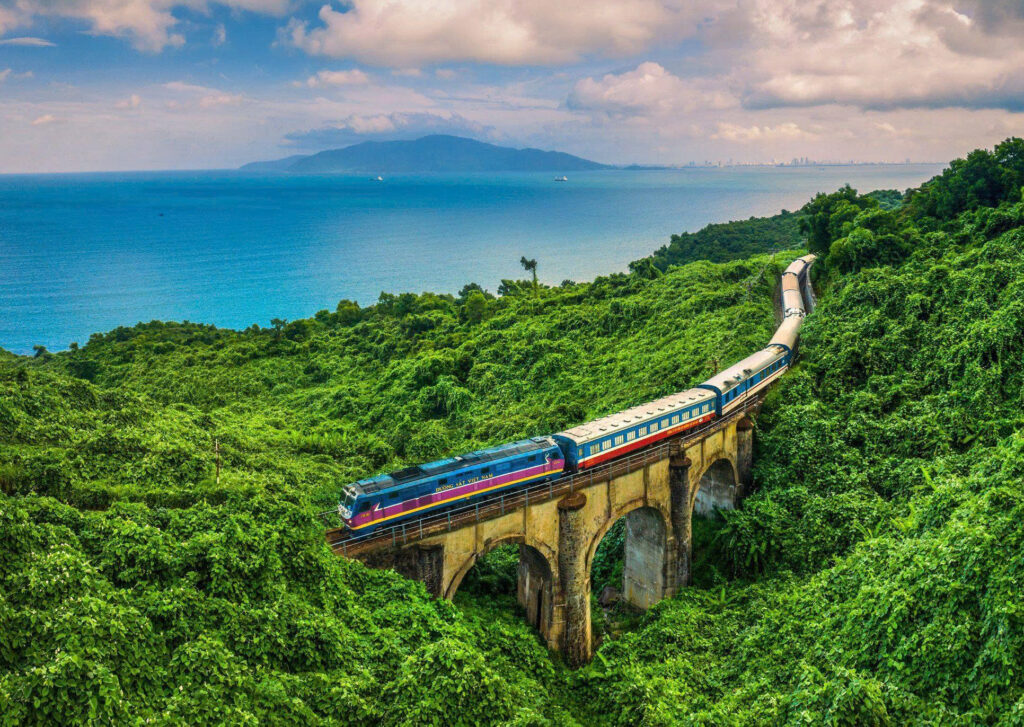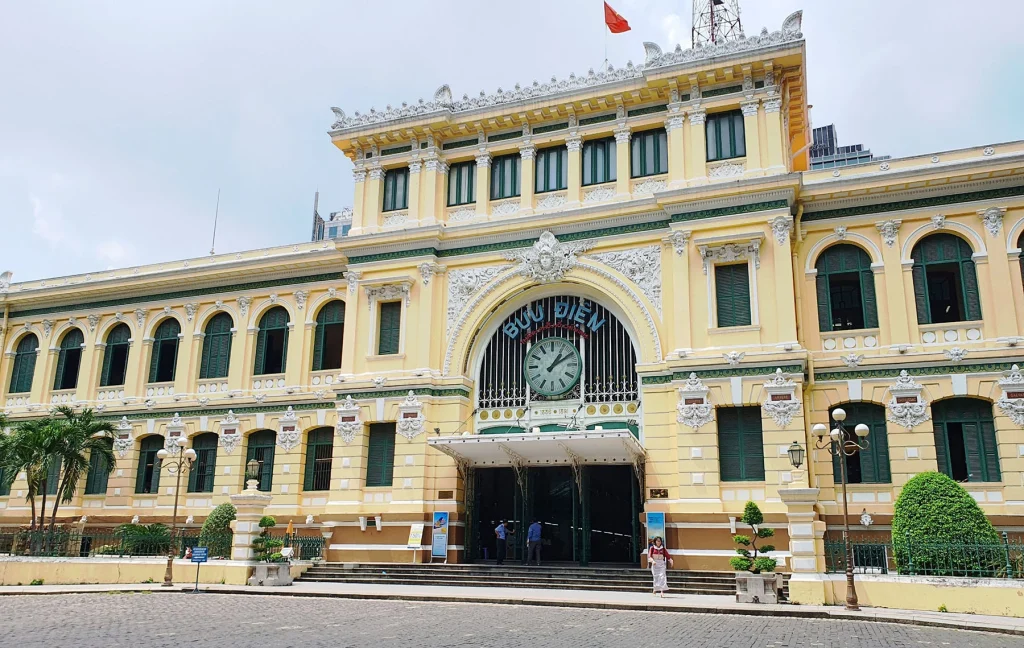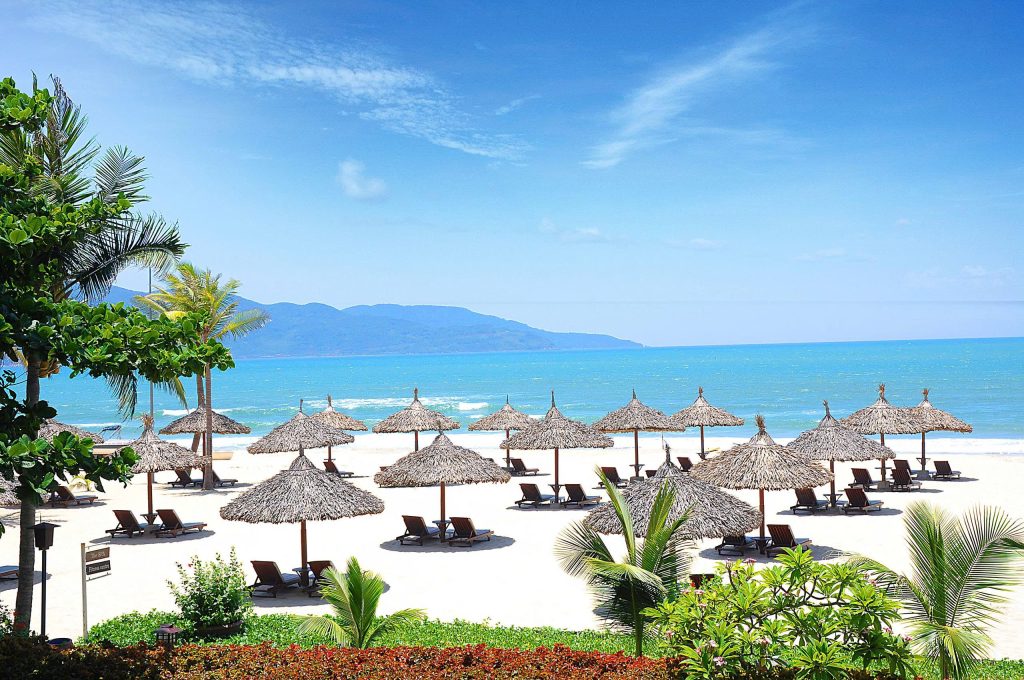Stepping into Hanoi, the vibrant capital of Vietnam, is like entering a captivating tapestry woven with ancient history, rich culture, and an irresistible modern buzz. For first-time visitors, this city offers an experience unlike any other – a fascinating blend of serene lakes, bustling markets, colonial architecture, and a street food scene that will ignite your senses. From the graceful Hoan Kiem Lake to the labyrinthine alleys of the Old Quarter, Hanoi promises an adventure that’s both exhilarating and deeply enriching.
However, its vibrant chaos can also feel a little overwhelming at first glance. That’s where this guide comes in. As an experienced traveler who has navigated Hanoi’s charm firsthand, I’ve compiled the most essential Hanoi travel tips for first-timers. This article will equip you with all the practical advice and insider knowledge you need to confidently explore this incredible city, ensuring your first visit is smooth, safe, and truly unforgettable.
Essential Pre-Trip Planning for Your Hanoi Adventure

A rewarding Hanoi journey starts well before you step onto the plane. For first-timers, understanding the key preparations can save you time, money, and unnecessary stress. From visa requirements to packing essentials, here’s what you need to know to kickstart your journey to Vietnam’s captivating capital.
RELATED: Where to Stay in Hanoi: Your Ultimate Guide to the Best Places
Visa and Entry Requirements
One of the first things to clarify for your Vietnam trip is your visa status. Visa policies can vary significantly based on your nationality, so it’s crucial to check well in advance.
- Do You Need a Visa for Vietnam?
- Visa exemptions for short durations (typically 15 to 45 days) are available to citizens of many countries. Ensure you check the updated official information from either the Vietnamese Ministry of Foreign Affairs or your embassy. UK, French, German, Spanish, and Italian passport holders, among others, commonly qualify for a 45-day visa exemption.
- If you’re not exempt, an e-visa is often the most convenient option. This online application process typically takes 3-5 working days and allows you to receive your visa approval letter via email. It’s valid for single or multiple entries, usually up to 90 days.
- Visa on Arrival (VOA) is another option, but it requires obtaining an approval letter before your flight and then stamping your visa at a Vietnamese international airport like Noi Bai International Airport (HAN). While viable, the e-visa often streamlines the process.
- Passport Validity and Travel Insurance
- Ensure your passport is valid for at least six months beyond your intended departure date from Vietnam. Airlines might prevent you from boarding if this condition isn’t fulfilled.
- Travel insurance is non-negotiable. Even though Hanoi is largely secure, unforeseen circumstances such as health crises, canceled travel, or misplaced bags can occur. A good policy from reputable providers like World Nomads or SafetyWing provides peace of mind and essential coverage.
Currency and Budgeting in Vietnam
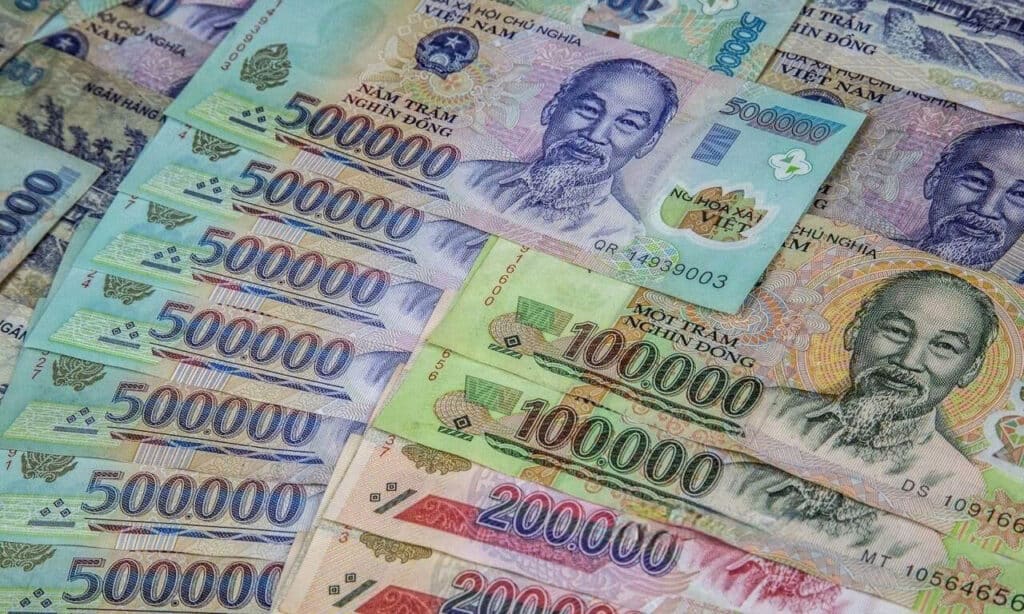
Understanding the local currency and planning your budget are vital for a smooth financial experience in Hanoi.
- Understanding the Vietnamese Dong (VND)
- The official currency is the Vietnamese Dong (VND). You’ll quickly get used to seeing many zeros! VND banknotes commonly come in values of 1,000, 2,000, 5,000, 10,000, 20,000, 50,000, 100,000, 200,000, and 500,000.
- To avoid confusion, remember that 100,000 VND is roughly equivalent to a few US dollars, depending on the current exchange rate. Take your time to check the number of zeros on larger bills, especially the 20,000 VND (blue) and 500,000 VND (blue), which can sometimes look similar in dim light.
- Exchanging Money
- You can exchange major foreign currencies (USD, EUR, GBP, AUD) at Noi Bai International Airport (HAN) upon arrival, though rates might be slightly less favorable than in the city.
- In the city center, gold shops (especially around Hanoi Old Quarter) often offer the best exchange rates with zero commission. Banks like Vietcombank or Techcombank are also reliable options, albeit with slightly less competitive rates.
- ATMs are widely available in Hanoi, especially in tourist areas and major streets. Consider using banks such as Vietcombank, BIDV, Techcombank, and Agribank. Be aware of foreign transaction fees charged by your bank and the local ATM. It’s wise to inform your bank of your travel plans to avoid card freezes.
- Daily Budget Estimates
- Budget Travelers: Expect to spend around $25-40 USD per day. This covers hostel dorms or budget guesthouses, street food, public transport, and free/low-cost activities.
- Mid-Range Travelers: A comfortable budget would be $50-80 USD per day. This allows for boutique hotels, a mix of street food and sit-down meals, Grab rides, and paid attractions.
- Luxury Travelers: You could easily spend $100+ USD per day. This would include high-end hotels, fine dining, private tours, and more extensive shopping.
- Remember, these are estimates. The amount you truly spend is determined by your personal travel habits and choices.
RELATED: 20 Unforgettable Things to Do in Hanoi, Vietnam
Best Time to Visit Hanoi
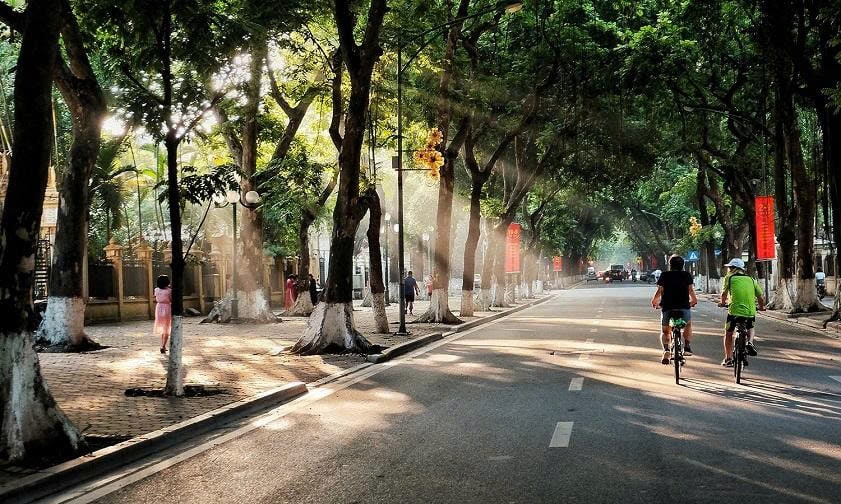
Choosing the right time to visit can significantly enhance your Hanoi experience, as the city experiences distinct seasons.
- Hanoi’s Climate: Seasons Explained
- Spring (March – April): Mild temperatures, light rain, and blooming flowers make it a pleasant time. Average temperatures are around 20-25°C (68-77°F).
- Summer (May – August): Hot and humid, with frequent heavy downpours. Temperatures can soar to 30-35°C (86-95°F), often feeling hotter due to humidity. This is the low season for tourists.
- Autumn (September – November): Often considered the most beautiful season with cool, dry weather, clear skies, and gentle breezes. Temperatures range from 25-30°C (77-86°F). This is peak tourist season.
- Winter (December – February): Cool, sometimes cold, and damp. Temperatures can drop to 10-15°C (50-59°F), especially in January and February. It rarely snows but can feel quite chilly.
- Ideal Months for First-Timers
- The best time for first-time visitors to Hanoi is typically from October to April. During these months, the weather is generally milder and more comfortable for exploring the city on foot. October and November offer crisp, clear days, while December through February provides cooler, drier weather, perfect for enjoying hot Pho or strong Vietnamese coffee.
What to Pack for Hanoi
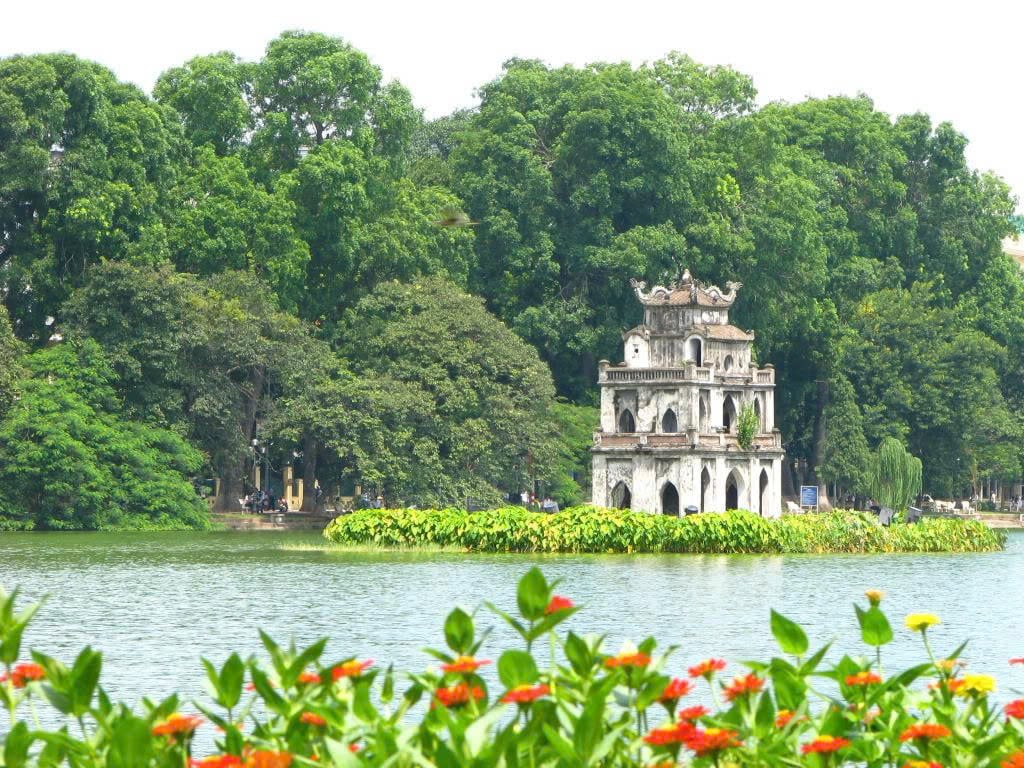
Packing smartly is crucial for comfort and convenience, especially when navigating Hanoi’s bustling streets and diverse weather.
- Clothing Essentials
- Lightweight, breathable fabrics: Cotton, linen, or quick-dry materials are ideal due to potential heat and humidity.
- Modest attire: When visiting temples, pagodas, or the Ho Chi Minh Mausoleum, ensure your shoulders and knees are covered as a sign of respect. Pack a light scarf or sarong for quick cover-ups.
- Comfortable walking shoes: You’ll be doing a lot of walking, especially in the Old Quarter, so comfortable sneakers or sandals are a must.
- A light jacket or cardigan: Useful for cooler evenings, air-conditioned places, or if visiting during winter months.
- Rain gear: A light rain jacket or umbrella is advisable, particularly during the rainy season (May-September) or for unexpected showers.
- Health and Safety Items
- Basic first-aid kit: Include band-aids, antiseptic wipes, pain relievers, and any personal medications.
- Insect repellent: Especially important if you’re sensitive to mosquito bites.
- Hand sanitizer: Useful for before meals, especially when enjoying street food.
- Sunscreen and a hat/sunglasses: Protect yourself from the strong Vietnamese sun.
- Tech and Connectivity
- Universal adapter: Vietnam uses Type A (two flat parallel pins) and Type C/F (two round pins) outlets.
- Portable charger/power bank: Essential for keeping your phone charged while exploring.
- Unlocked smartphone: Crucial for buying a local SIM card (more on that later) and using ride-hailing apps like Grab and Be.
RELATED: Discover Hanoi 3 days 2 nights: Detailed Itinerary
Ready to explore Hanoi? By following these essential tips for first-timers, you’re well-equipped to navigate its vibrant streets, savor its incredible food, and discover its rich history. Hanoi guarantees a memorable experience, from its lively Old Quarter to the peaceful Hoan Kiem Lake. Embrace the adventure – your dream trip to Vietnam’s capital is just around the corner!

